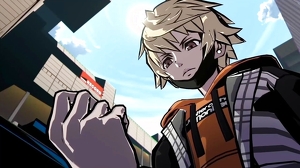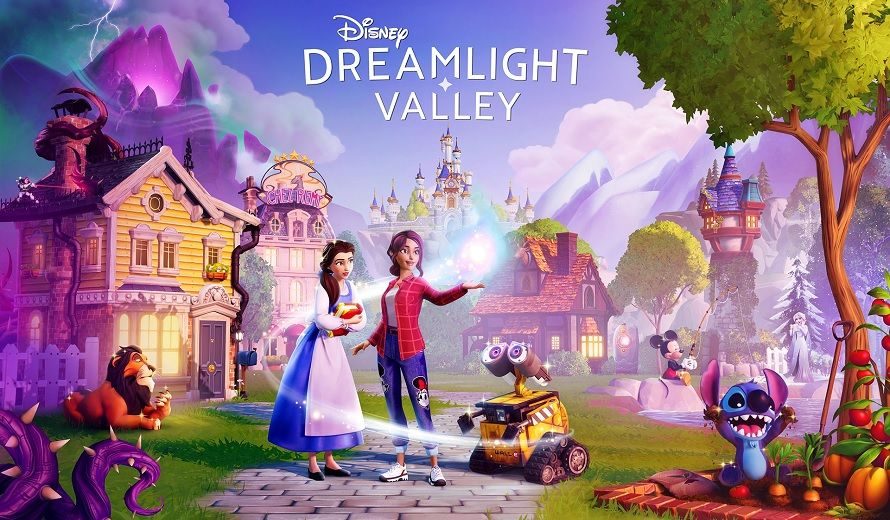

The World Ends with You came out in 2007 – I just checked – but it still feels a bit like the future. Or maybe it feels like a future. This was an action RPG from Square-Enix perfectly designed around the Nintendo DS, and using a lot of that wonderfully odd console’s wonderfully odd features. You tapped the screen to move around and work your way through menus, sure, but when it came time for a battle you controlled different characters on different screens, hectically working away with different input methods as the action hockey-pucked back and forth between your allies. Even when you weren’t battling, the game was unusual: an RPG set in modern-day Shibuya, and featuring a cast of stylish teenagers drawn into a deadly set of challenges. Each day a new hurdle: follow clues, solve puzzles and fight monsters if you want to stay alive. Quest givers wore hoodies. Your attack types revolved around pin-badges that you collected. Vital info was texted to you on your flip phone. You could read the minds of passing strangers, delving into a timely world of crushes and workday worries.
It was a game that one initially couldn’t see working on anything but the DS, but this is Square-Enix, of course, so ports to everything from smartphones to the Switch ensued, all losing the second screen and a little of the strange magic with it. Now the game has a proper follow-up, in the form of Neo: The World Ends With You, which is headed to Switch and PS4 in July, then the Epic Games Store later this summer. No second screen, but has the magic been rekindled?
Based on a ninety minute playthrough of the game’s first two levels, or days, things seem rather good. The biggest surprise here is probably the shift to proper 3D: as you explore Shibuya the skyscrapers now rise high above you, and you can move inside their foyers, climbing stairs and discovering alleyways. You can’t rotate the camera with the right stick, but the placement of the roving viewpoint is smart and cinematic. A lot of thought has gone into staging each area, whether it’s the low wide-screen tracking shot that follows you across the famous scramble crossing, or the side-on view of Dogenzaka Hill in which you are framed from a distance.


